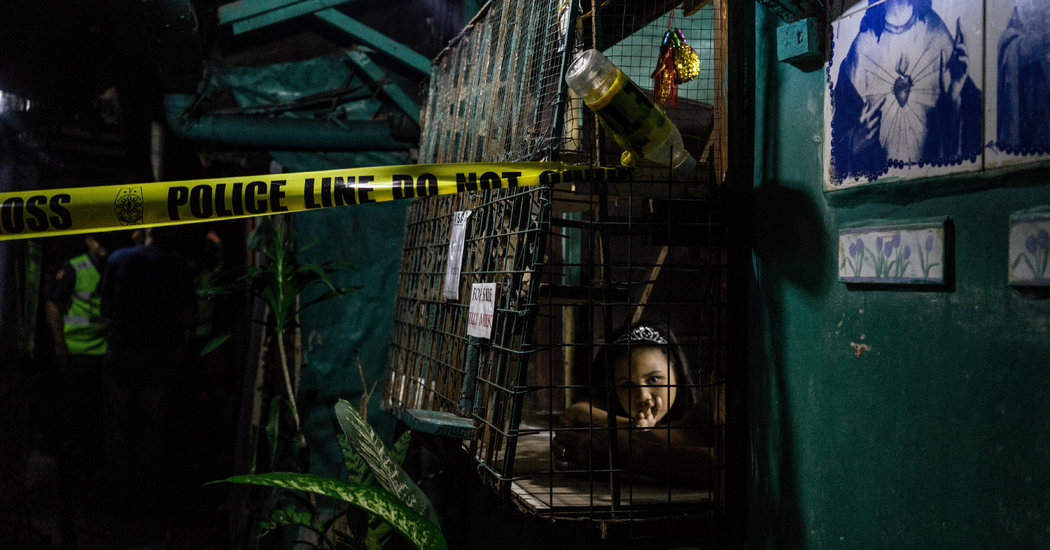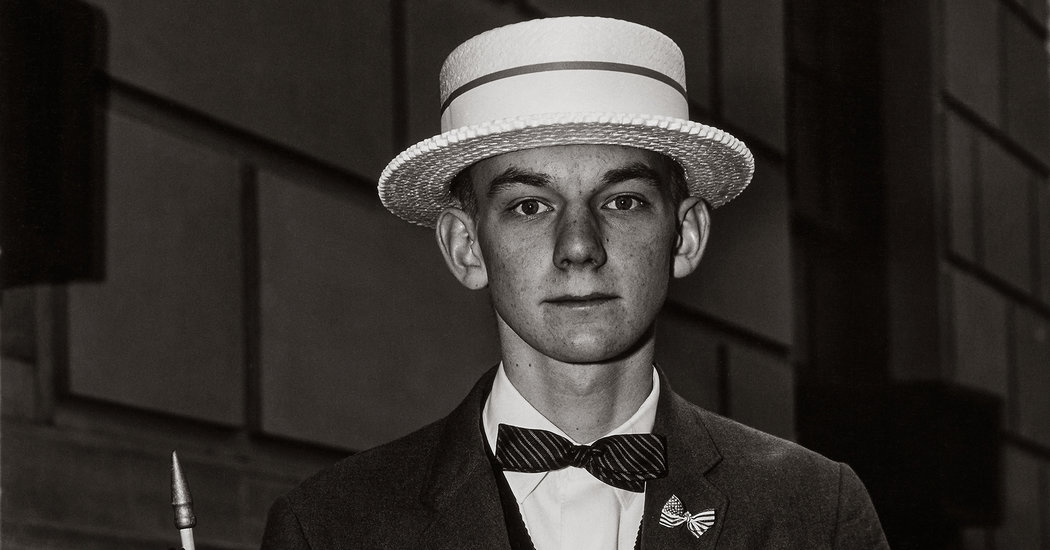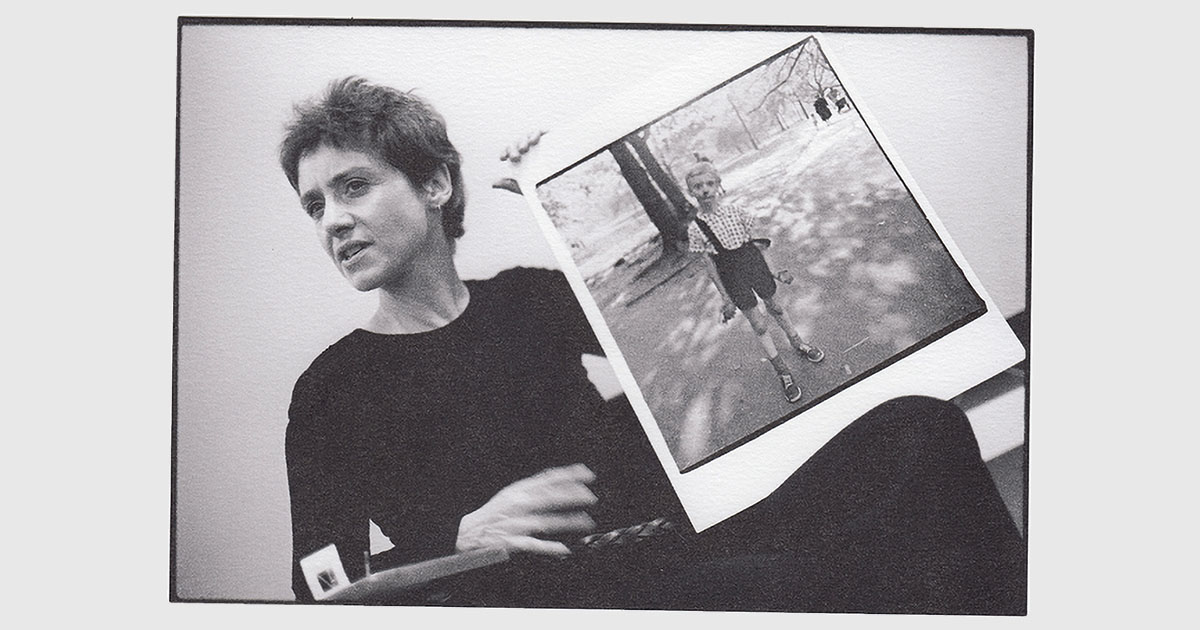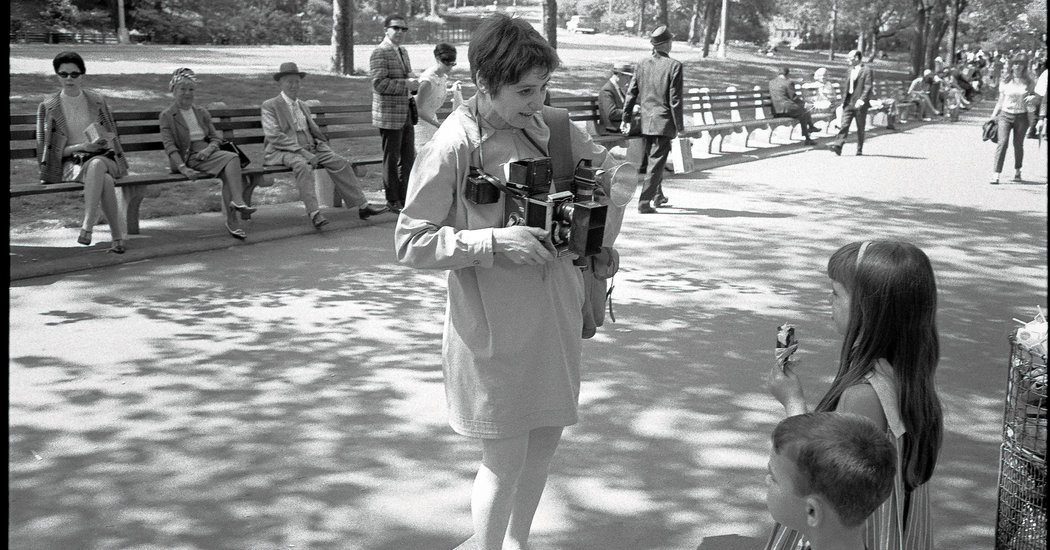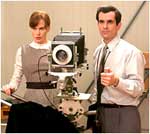
NYT:
The new film “Fur: An Imaginary Portrait of Diane Arbus” is a fantasy of a different order. Its marble-white Venus is Nicole Kidman, who here wears a conceit rather than a sable. The film’s core idea is that Diane Arbus, who trained her photographic gaze on nudists, twins, grimacing children and the retarded, liberated her muse by coaxing out her inner freak. The film conjures a conduit to her liberation in the furry form of Lionel, a neighbor played by Robert Downey Jr. The actor’s involvement is something you need to take on faith, since he spends most of the film covered in fur, a costume that suggests the bewitched prince in Cocteau’s “Beauty and the Beast” and makes Mr. Downey look like an immaculately groomed Shih Tzu.
“Fur” is a folly, though not a dishonorable one. It was directed by Steven Shainberg, whose last feature, “Secretary,” was a tender love story about a shy masochist and the boss who spanks his way into her heart. The film was funny and modest, and it treated the putative perversions of its characters with the kind of good, gracious humor that insists on respect for everyone involved. “Fur” is a more ambitious work, in part because of Ms. Kidman, whose talent cannot obscure that she has been grievously miscast and left to indulge her mannered coyness.
Here.

